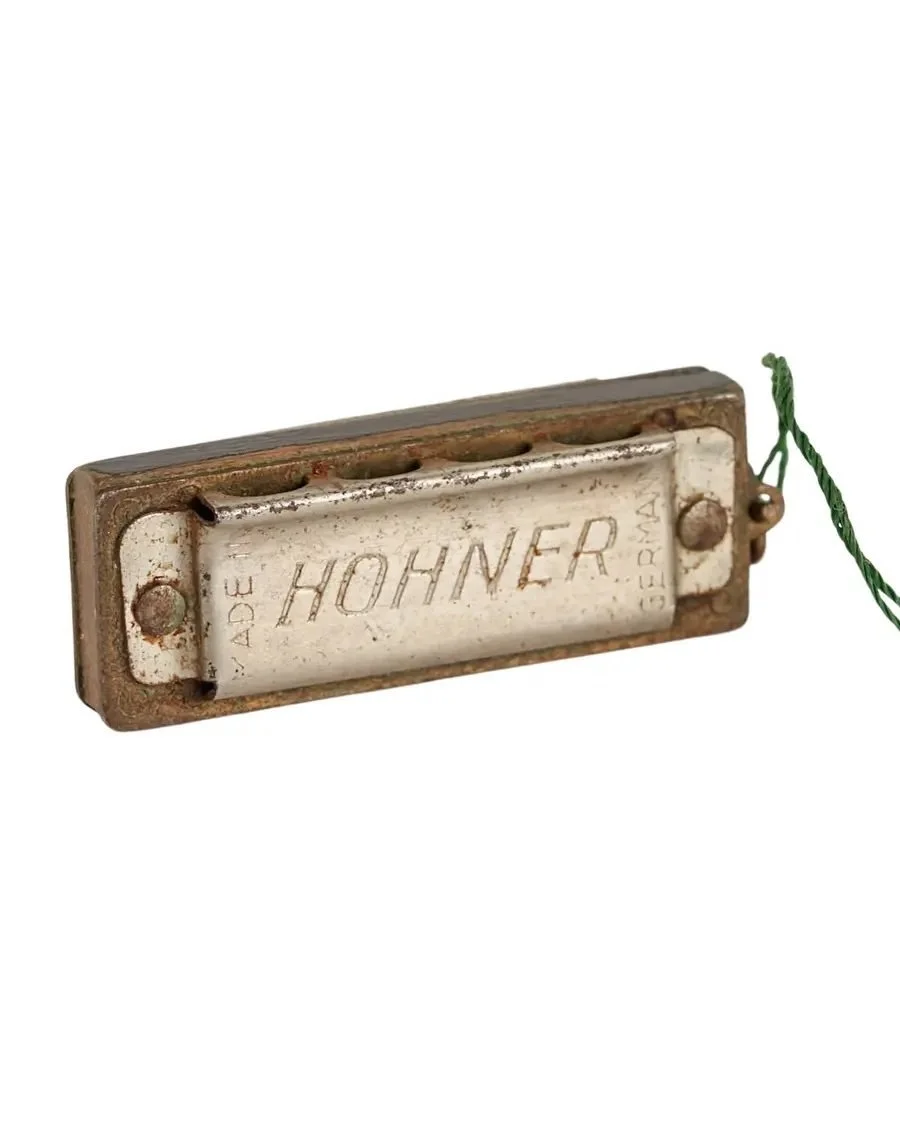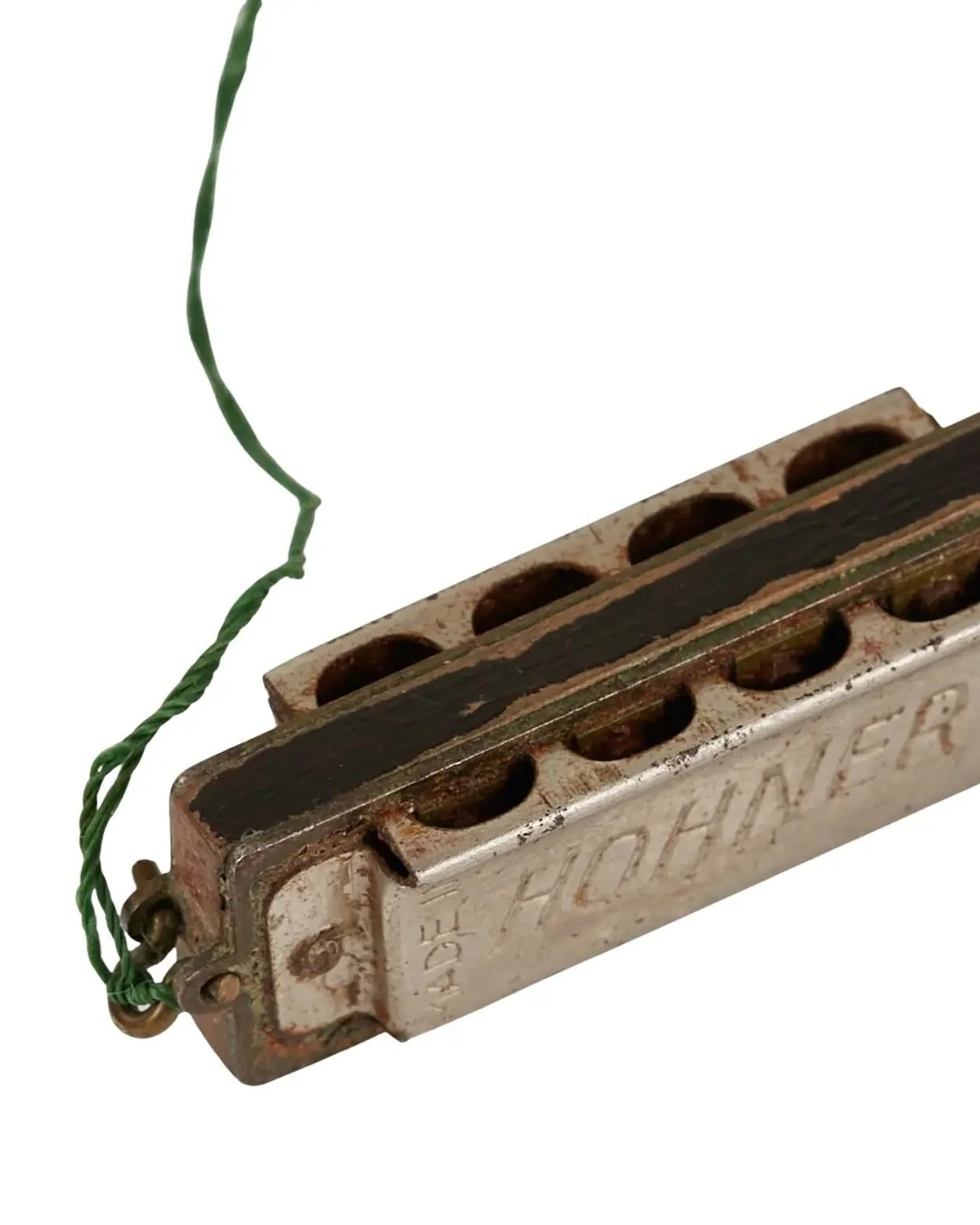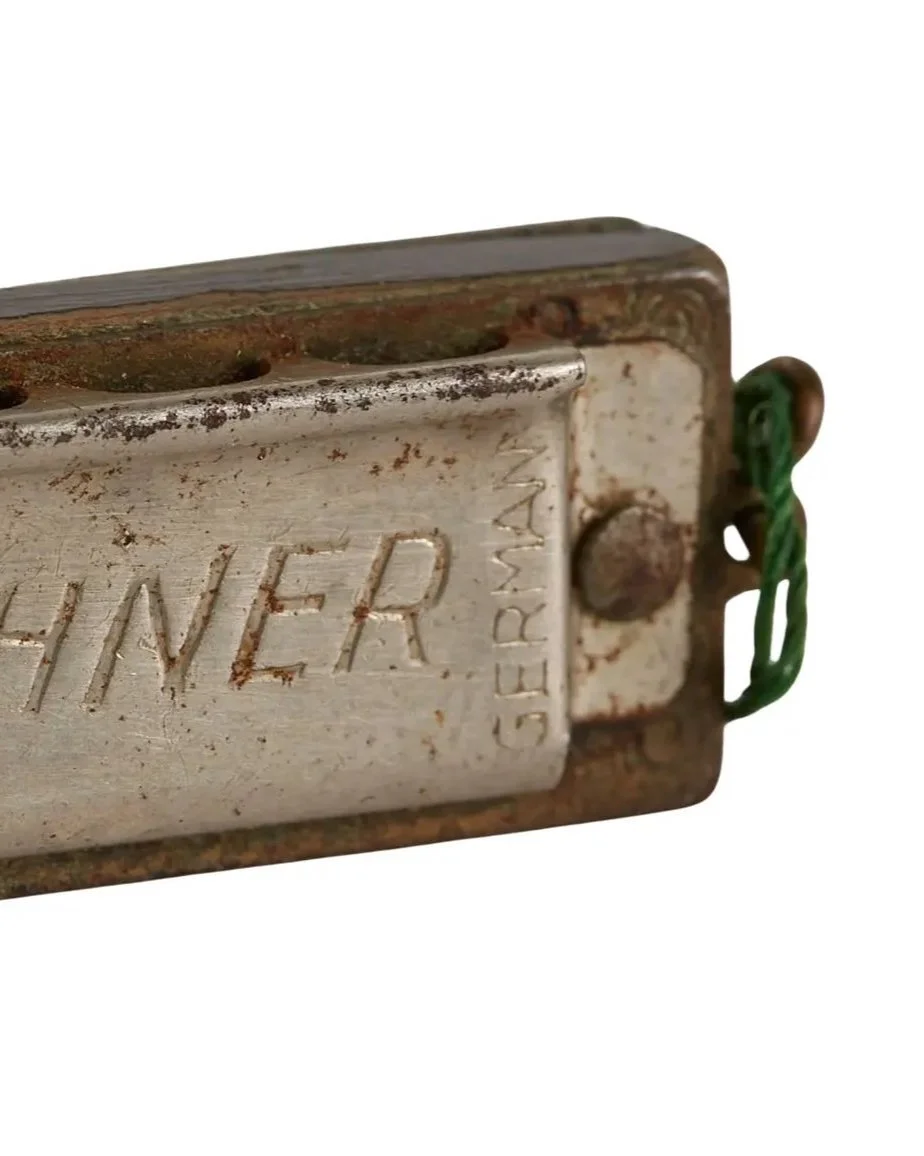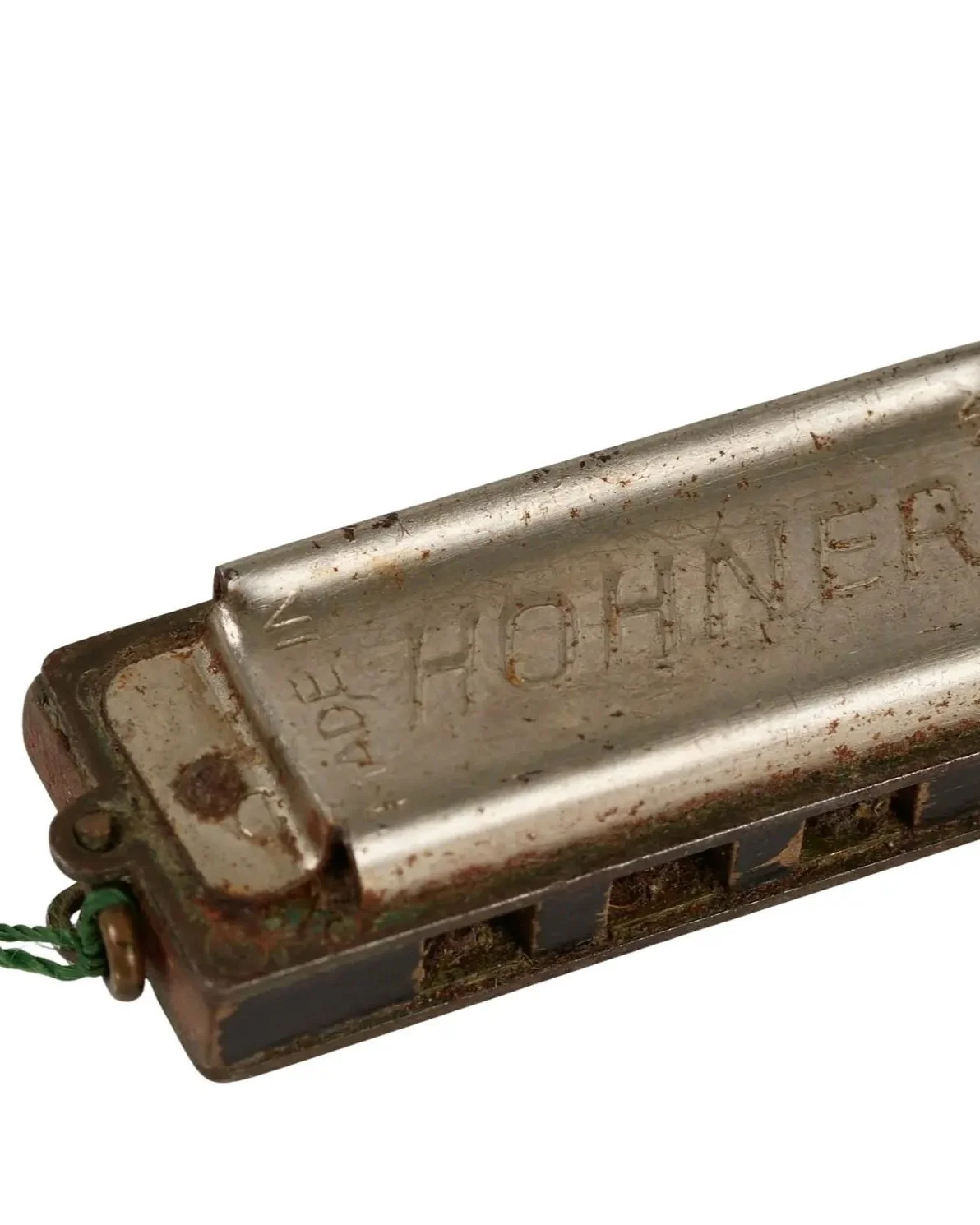Additional Information
Yoko, Julian, and John at Tittenhurst Park in 1970
Julian Lennon spent part of his childhood at Tittenhurst Park, the grand Georgian estate in Ascot, Berkshire, which his father John Lennon purchased in 1969. The house, set within nearly one hundred acres of private grounds, was the last home John and Yoko Ono shared in England before moving to New York. For Julian, who was still a young boy at the time, Tittenhurst offered both moments of wonder and feelings of unease.
He recalled exploring the gardens, playing near the lake, and being drawn to a small cottage on the property that was said to be haunted. Although the estate was beautiful and full of things to discover, the enormous house could feel cold and lonely. Julian once described sleeping in a bedroom at the far end of the house, where at night he would hear strange sounds and feel frightened by the silence and space around him.
Julian, John, and Yoko rowing a boat in the lake on the grounds of Tittenhurst Park in 1971
What he cherished most about Tittenhurst was being close to his father again after spending time apart. He particularly remembered a Mellotron in the main room, an early keyboard instrument capable of producing orchestral sounds, which fascinated him. He enjoyed playing it as a child before it was later given to Ringo Starr.
Tittenhurst was also the location of the final group photo session of The Beatles, taken in August 1969, just before the band’s separation. As such, it holds an important place not only in Julian’s personal memories but also in the wider story of the Beatles.
Julian’s time at Tittenhurst Park was brief, but it left a lasting impression. His memories offer a rare and personal glimpse into the life of a child growing up around fame, music, and the changing world of his father.
Yoko, John, and Julian on the grounds of Tittenhurst Park in 1971
Julian Lennon has quietly become a significant figure in preserving and reclaiming Beatles and family history. In recent years, he has made a concerted effort to recover personal items connected to his father, John Lennon, and the wider legacy of the Beatles.
Many of the possessions that once belonged to his family were not passed down to him directly. Instead, they were given away, lost, or sold over the years, often without his knowledge. As an adult, Julian has worked to locate and reacquire some of these items, including handwritten lyrics, postcards, musical instruments, and other personal memorabilia. He has attended auctions and private sales with the aim of returning these deeply personal objects to his care.
One notable example is his successful effort to purchase the original handwritten lyrics to the song that Paul McCartney wrote for him, Hey Jude. He has also bought back postcards sent to him by his father, items which he only discovered had been sold when they appeared at auction.
Julian has not only focused on physical artefacts. In recent years, he has explored digital formats as a way of preserving and sharing aspects of his father's legacy. He released high-resolution digital representations of several key items from his private collection, offering fans a new way to experience these historic pieces while keeping the originals in his possession. Proceeds from this initiative have supported his charitable work through the White Feather Foundation.
Through a blend of personal commitment and public engagement, Julian Lennon has become a custodian of Beatles heritage. His efforts to buy back and preserve these items are more than acts of collecting; they are part of a broader mission to safeguard a cultural and family legacy for future generations.







